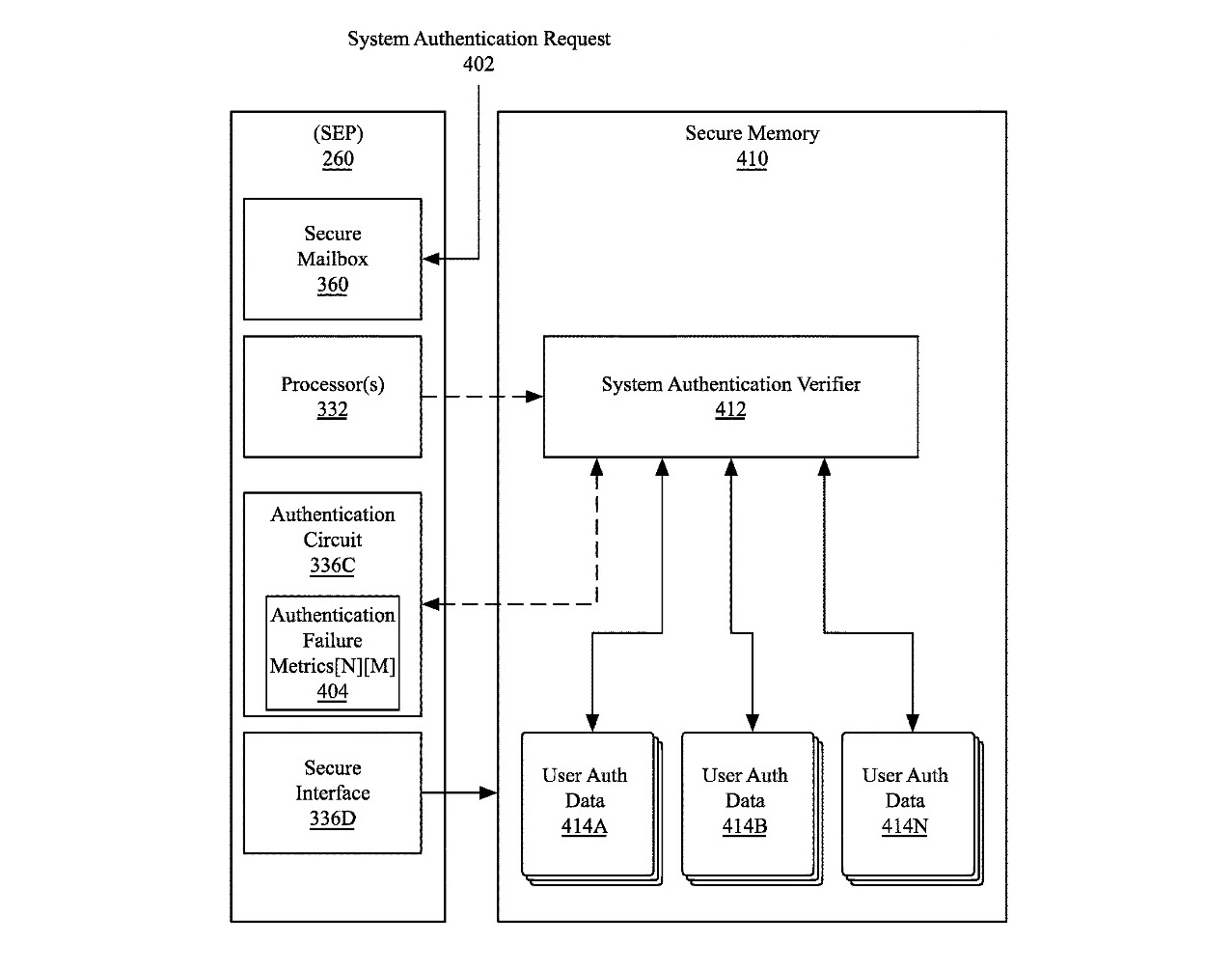iPhone 13 could get the one big upgrade we've been waiting years for
Apple patent suggests multiple user support for iPhone 13 and iPads

The rumored iPhone 13 could be accessed by multiple users as Apple is working on developing its Secure Enclave tech to allow different people to securely use one iPhone or iPad.
That’s what we can glean from a new Apple patent detailing how “a peripheral processor or processing system” separate from the main iPhone or iPad chip, could be used to create a system-on-a-chip (SoC) that can securely handle the data of multiple users.
- These are the best iPhones available
- iPhone 12 Pro review: A big leap forward
- Plus: Apocalypse deferred: These Android devices will no longer go offline next fall
From the iPhone 5S onwards, Apple has been using its custom T1 or T2 security chips to create a Secure Enclave on Macs, iPads, iPhones, and even the Apple Watch. The Secure Enclave provides hardware-level encryption to user data preventing it from leaving the device and isolating it from the main SoC. This basically adds an extra layer of security to Apple devices.
Such techniques have been used before in other computing devices and are often referred to as “sandboxing.” But Apple explained it’s not good for securing devices with multiple users.
“With multi-user devices, standard sandboxing alone will not prevent one user to access the data of another user if both users make use of the same application,” the patent said. “Thus, there is a need for techniques that allow for optimal flexibility in data segregation for multi-user devices.”

Apple’s new patent details a way to address this by using a system that “can include a secure enclave processor (SEP)” to act as "the primary arbiter of all data access on the system.”
From our understanding that would mean the SEP would effectively act as a gatekeeper to various users' data on one device, preventing one user from accessing information belonging to another. Different user data would be stored in “containers” in the device’s secure memory with the system only able to access it when the right user has logged in and passed authentication.
Sign up to get the BEST of Tom's Guide direct to your inbox.
Get instant access to breaking news, the hottest reviews, great deals and helpful tips.
This all sounds rather complex, but in practice, it would all be authenticated by a passcode or Touch ID. The SEP would also keep an eye out for unwanted users trying to trick or brute force their way into an Apple device. What’s not clear is whether the SEP will be another separate chip or will get integrated into a future version of the T2 chip.
Unlike some of the more outlandish patents from Apple, this one looks more realistic and something we could see put into effect reasonably soon.
We’d not be surprised to see a SEP added into the iPhone 13, alongside other upgrades like a 120Hz display and new cameras. And next-gen iPads are also likely candidates for a SEP given it's easy to envision how an iPad could be shared by different people in one household.
Roland Moore-Colyer a Managing Editor at Tom’s Guide with a focus on news, features and opinion articles. He often writes about gaming, phones, laptops and other bits of hardware; he’s also got an interest in cars. When not at his desk Roland can be found wandering around London, often with a look of curiosity on his face.

